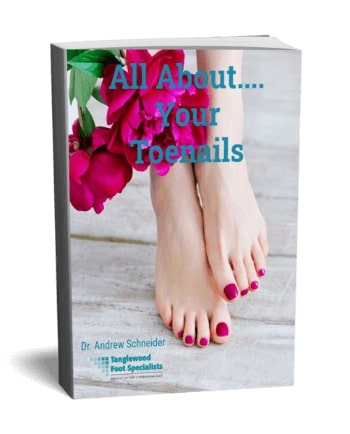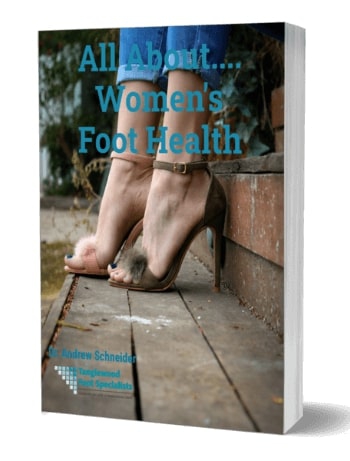Understanding Toenail Loss
Experiencing the loss of a toenail can be alarming, but it's a relatively common issue with a variety of causes. While toenail loss often isn't a cause for immediate concern, understanding why it happens and what you can do about it is essential for managing your foot health effectively.
What Causes Toenail Loss?
Toenail loss can be attributed to several factors, including physical trauma, fungal infections, and systemic health conditions.
Physical Trauma
 Direct hits or repetitive injuries to your toenail can cause it to fall off. Athletes, especially runners, are prone to a condition known as runner's toe, where blood accumulates under the nail, causing discoloration and potential loss. Other forms of trauma include dropping heavy objects on your foot or stubbing your toe.
Direct hits or repetitive injuries to your toenail can cause it to fall off. Athletes, especially runners, are prone to a condition known as runner's toe, where blood accumulates under the nail, causing discoloration and potential loss. Other forms of trauma include dropping heavy objects on your foot or stubbing your toe.
Fungal Infections
Fungal infections, such as athlete's foot or onychomycosis, often lead to toenail loss. These infections thrive in warm, damp environments and cause the toenail to become discolored, thickened, and brittle before it may eventually fall off.
Systemic Health Conditions
Conditions like diabetes and peripheral arterial disease can affect blood circulation, leading to toenail problems. Diabetes can slow nail growth and increase infection risk, while peripheral arterial disease narrows arteries, reducing blood flow and affecting nail health.
Treating and Preventing Toenail Loss
Proper care and prevention can minimize the risk of toenail loss and help you manage the condition effectively.
Immediate Care
If your toenail falls off, the treatment depends on the cause. For traumatic loss, if there is pain or bleeding, visit a podiatrist for proper care. In cases where the nail loosens without trauma, it will typically grow back over several months.
Preventive Measures
To prevent toenail loss, consider the following tips:
- Wear properly fitting shoes to avoid pressure and friction.
- Keep your feet dry and clean to prevent fungal infections.
- Manage systemic health conditions through regular medical check-ups.
- Protect your feet from physical trauma by wearing appropriate footwear during high-impact activities.
Debunking Common Myths
There are several misconceptions about toenail loss:
Myth 1: Toenail Loss is a Natural Part of Aging
While nails may become thicker and more brittle with age, toenail loss is not a natural part of aging. It's important to differentiate between normal age-related changes and symptoms of an underlying condition.
Myth 2: Toenail Loss is Always Painful
Not all cases of toenail loss are painful. Many people experience minimal discomfort when their toenail falls off, especially if it loosens gradually.
Myth 3: Fungal Infections are the Only Cause
Fungal infections are a common cause, but they are not the only reason for toenail loss. Trauma, improper footwear, and systemic health issues can also be significant factors.
















